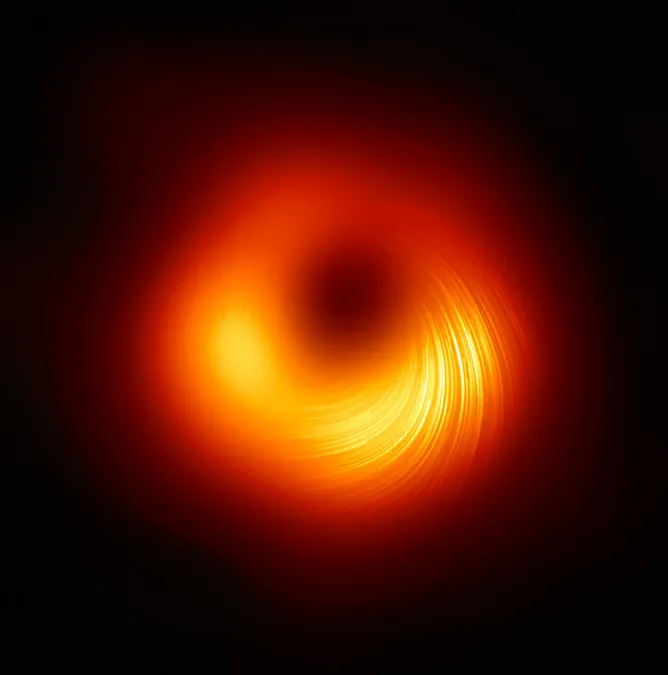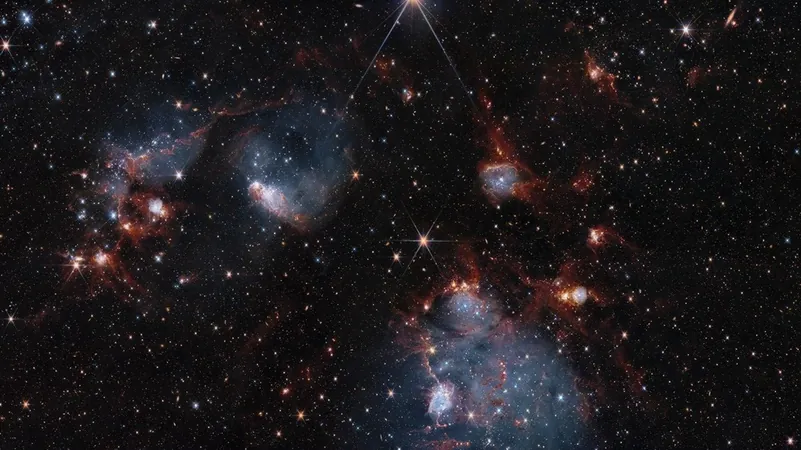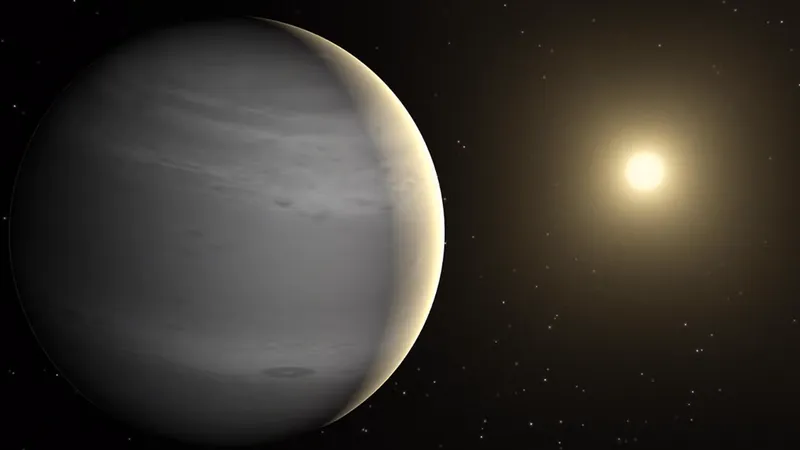
Unveiling the Beast: New Insights into M87's Supermassive Black Hole
2025-06-06
Author: Jacques
Prepare to be amazed! Astronomers have reevaluated the monstrous black hole at the center of the galaxy M87, and the findings are nothing short of astounding. This supermassive black hole, weighing a staggering 6.5 billion times more than our Sun, was the perfect first target for the groundbreaking Event Horizon Telescope.
What’s truly jaw-dropping? This cosmic giant is spinning at approximately 80% of the maximum theoretical speed imaginable! To put that into cosmic perspective, the materials in its inner accretion disk are zipping around at an astonishing 42 million meters per second—nearly 14% the speed of light!
The team of researchers analyzed the "bright spot" from the iconic black hole images, revealing a fascinating phenomenon known as relativistic Doppler beaming. Material on one side of the disk, racing toward us, shines brighter than that moving away, allowing scientists to calculate the black hole's rotation speed with impressive accuracy.
But there's more — they also mapped the magnetic field patterns encircling the black hole. This revealed that matter spirals in at around 70 million meters per second, about 23% the speed of light! This colossal influx of material equates to an annual consumption rate of between 0.00004 and 0.4 solar masses. While that sounds significant, it's relatively modest for a black hole of this scale, living well below the so-called "Eddington limit." This suggests M87’s black hole is in a quieter phase compared to its more voracious counterparts.
Here's a tantalizing twist: the energy generated from this feeding frenzy seems perfectly matched to the power of M87's stunning jet, which blasts particles into space at near-light speed for thousands of light-years, supporting the theory that these incredible jets are directly linked to the black hole's accretion.
This groundbreaking study represents a monumental leap forward in our understanding of supermassive black holes. Previous spin estimates varied widely, from as low as 0.1 to as high as 0.98. However, this new research firmly establishes M87's spin at roughly 0.8 or potentially close to the dizzying maximum of 0.998.
As we look ahead to the next generation of powerful telescopes, M87's black hole promises to remain a fascinating cosmic laboratory, helping us unravel the mysteries of gravity, spacetime, and the extreme physics governing the universe. Each new measurement brings us closer to understanding how these monstrous black holes not only shape entire galaxies but also hint at the ultimate fate of our cosmos!









 Brasil (PT)
Brasil (PT)
 Canada (EN)
Canada (EN)
 Chile (ES)
Chile (ES)
 Česko (CS)
Česko (CS)
 대한민국 (KO)
대한민국 (KO)
 España (ES)
España (ES)
 France (FR)
France (FR)
 Hong Kong (EN)
Hong Kong (EN)
 Italia (IT)
Italia (IT)
 日本 (JA)
日本 (JA)
 Magyarország (HU)
Magyarország (HU)
 Norge (NO)
Norge (NO)
 Polska (PL)
Polska (PL)
 Schweiz (DE)
Schweiz (DE)
 Singapore (EN)
Singapore (EN)
 Sverige (SV)
Sverige (SV)
 Suomi (FI)
Suomi (FI)
 Türkiye (TR)
Türkiye (TR)
 الإمارات العربية المتحدة (AR)
الإمارات العربية المتحدة (AR)